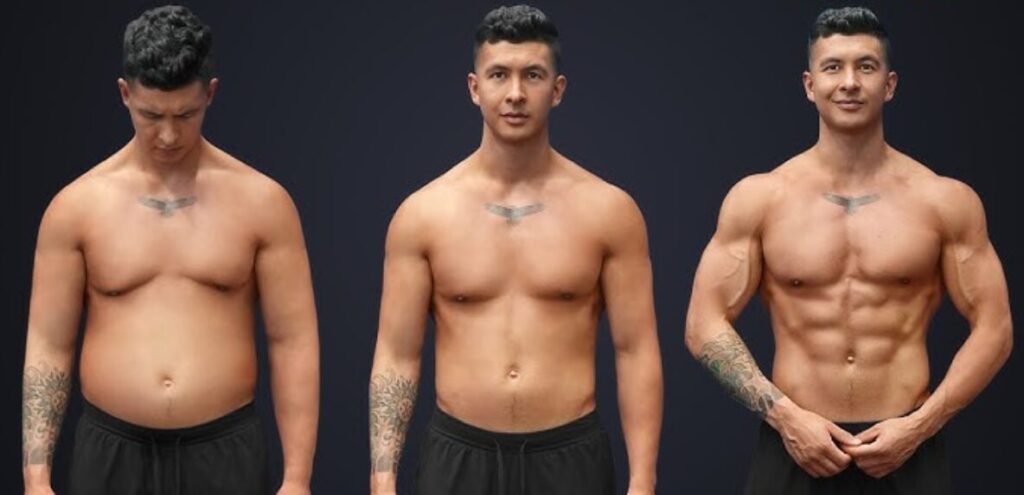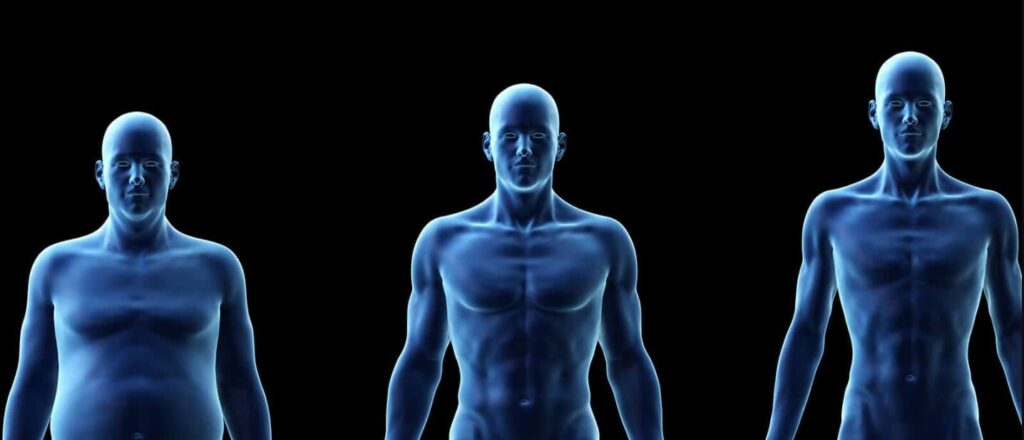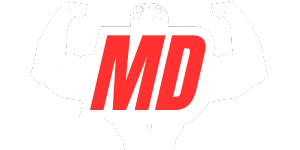You’ve probably wondered if your body is built for muscle growth while watching certain people pack on size effortlessly. The truth is, genetic factors greatly influence your fitness journey, from how quickly you gain strength to the actual shape your muscles take when developed.
Understanding your genetic advantages (or limitations) isn’t about finding excuses, but rather crafting a smarter approach to training. The signs are there if you know what to look for, and they’ll change how you view your potential.
What Are Good Muscle Genetics?
Although dedication and effort are key in fitness, your genetic makeup significantly influences how easily your body gains and showcases muscle. Your genetic makeup influences everything from muscle shape and insertion points to your body’s natural hormonal environment.
Good muscle genetics typically include favorable muscle belly length, symmetrical development patterns, and ideal insertion points that create aesthetically pleasing proportions. Your body type (mesomorph, ectomorph, or endomorph) considerably impacts your natural muscle-building potential, with mesomorphs generally having the advantage.
Your hormonal profile also determines how quickly you build muscle and recover between workouts. Those with naturally higher testosterone levels and efficient recovery ability often progress faster, gaining more from the same training stimulus than those with average genetics.

Key Physical Signs You Have Great Muscle Genetics
Understanding what constitutes good muscle genetics leads to recognizing specific physical traits that indicate superior muscle-building potential. One of the most telling signs is your shoulder-to-waist ratio. A naturally wide clavicle with a narrow waist creates that coveted V-taper even before serious training begins.
Your muscle bellies and insertion points matter considerably. Longer muscle bellies with shorter tendons allow muscles to appear fuller and more impressive. Check your forearms, calves, and biceps. Do they have minimal gaps between muscle groups?
Fast-twitch muscle fibers, which respond better to hypertrophy training, might be dominant if you excel at explosive movements. Additionally, thick wrists and ankles suggest denser bone structure and potentially greater overall frame capacity for muscle mass.

Performance Clues That Point to Genetic Advantage
Beyond physical appearance, your body’s response to training offers clear indicators of genetic muscle-building potential. If you notice rapid strength gains after just weeks of consistent training, you may have favorable genetics. Elite responders often add 10-15 pounds to major lifts monthly when beginning structured programs.
Your recovery ability provides another telling performance clue. While others remain sore for days, those with superior genetics bounce back quickly, ready for another intense session within 24-48 hours.
Natural leanness despite moderate nutritional discipline suggests advantageous metabolic genetics. You might maintain visible abs year-round without strict dieting.
Finally, fast-twitch dominance manifests in explosive movements. If you excel at sprints, jumps, or power cleans with minimal practice, your genetic potential for muscle growth likely exceeds the average lifter’s.
How Body Type and Hormones Factor In
Body types and hormone profiles form the foundation of your muscle-building blueprint. If you’re a mesomorph, you’ve hit the genetic jackpot with your naturally athletic frame and balanced metabolism, making muscle gains come more easily than for ectomorphs or endomorphs.
Your hormonal environment greatly impacts growth potential. Higher natural testosterone levels translate to faster recovery, greater strength, and more efficient muscle protein synthesis. Even your muscle insertions play an essential role in how your muscles appear when developed.
Don’t overlook metabolism’s influence. A faster metabolism might keep you leaner but require more calories to support growth, while a slower one may help with mass building but make cutting phases challenging. Understanding these inherent factors helps you set realistic expectations and optimize your training approach.

Can You Still Build Muscle With “Average” Genetics?
Absolutely, you can build an impressive physique despite having average genetic potential. The secret lies in maximizing training adaptation, nutrition, and recovery rather than lamenting what you can’t.
While your progress rate may be slower than genetically gifted individuals, consistency trumps natural talent in the long run. Focus on progressive overload by gradually increasing weights and optimizing your nutrition with adequate protein and calories. Those with average genetics often respond better to moderate volume with excellent form rather than excessive training.
Sleep quality and stress management become even more essential for your recovery.
Remember that most successful bodybuilders aren’t genetic outliers. They’re simply the ones who showed up consistently for years, perfecting their approach through discipline and patience.
How to Train Based on Your Genetic Profile
Once you know your genetic strengths and limitations, you need to tailor your training. If you have naturally good symmetry, use that with balanced programming instead of overloading certain muscle groups.
Those blessed with a good natural muscle shape should use progressive overload to get the most out of what they have. If you lack the classic V-taper, stick to lateral deltoid and lat training, and minimal waist exercises.
Adjust your volume based on recovery capacity. Fast responders can handle more frequent training while slower gainers need extra rest. Pay attention to which exercises produce the best lean mass gains for your structure. Some bodies respond better to free weights, while others thrive with cables or machines that accommodate their unique leverages.
Frequently Asked Questions
Can Genetics Determine Which Exercises Work Best for You?
Yes, your genetics influence which exercises work best for you. Your muscle insertions, fiber type, and structural build determine your natural strengths in certain movements and how effectively you’ll respond to different training styles.
At What Age Do Genetic Advantages Become Most Apparent?
Your genetic advantages typically become most apparent during puberty (13-19) and early adulthood (18-25). You’ll notice these differences when testosterone peaks, making muscle-building potential and natural athletic abilities more evident.
Can Blood Tests Reveal Anything About Your Muscle-Building Potential?
Blood tests can reveal certain genetic markers, hormone levels, and testosterone status that impact your muscle-building potential. You’ll gain insights into your body’s natural anabolic environment through thorough hormone panels and genetic testing.
Do Certain Ethnic Backgrounds Have Better Muscle-Building Genetics?
Certain ethnic backgrounds show genetic variations that influence muscle development. West African ancestry often excels in fast-twitch fibers, while East Asian backgrounds might have different muscle fiber distributions. These aren’t absolute rules, though.
Can Epigenetics Change Your Muscle-Building Genetic Potential Over Time?
Yes, epigenetics can modify your genetic expression. Your lifestyle, nutrition, and training habits activate or suppress certain genes, potentially enhancing your muscle-building capacity over time, though your fundamental genetic blueprint remains unchanged.



